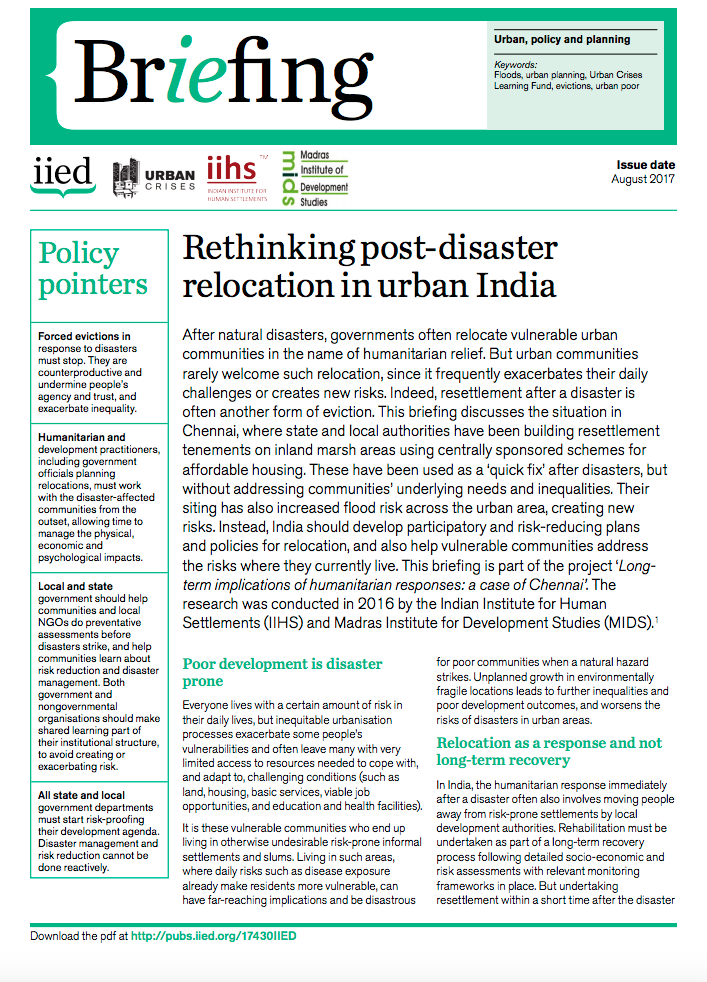Law No. 74/2017 amending Law No. 31/2014 on the general basis for public policies on soils, land use and urbanism.
This Law amends article 78 of the general basis for policies on public soils, land use and urbanism. Amended article establishes that the special territorial planning plans in force shall be transposed, according to the law, to the inter-municipal or municipal master plan and other plans applicable to the area covered by the special plans, until 13 July 2020. Provisions shall apply to special plans relating to alteration, suspension and preventive measures applicable to inter-municipal and municipal plans.








